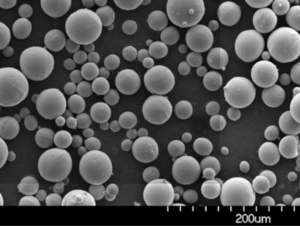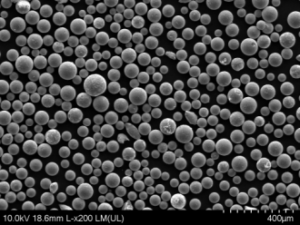Overview of Laser Engineering Net Shaping (LENS)
Laser Engineering Net Shaping, commonly known as LENS, is an advanced additive manufacturing technique that uses high-powered lasers to create complex, high-performance metal parts. Unlike traditional manufacturing methods, LENS is known for its ability to directly build 3D structures from metal powders, which are melted and deposited layer by layer.
The versatility of LENS makes it particularly valuable in industries requiring intricate metal parts with superior mechanical properties, such as aerospace, defense, and biomedical sectors. But what exactly sets LENS apart from other manufacturing methods? And why should you consider using it for your next project? Let’s dive deeper into the fascinating world of LENS.
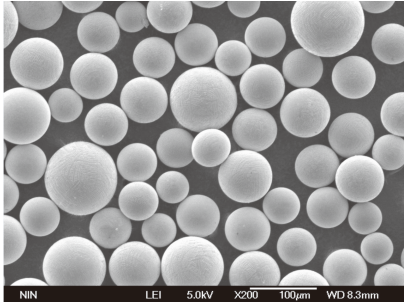
How Does LENS Work?
Imagine building a sculpture, but instead of chiseling away at a block of stone, you’re adding material layer by layer until the desired shape emerges. That’s the essence of LENS. Here’s a step-by-step breakdown:
- Laser Beam Focus: A high-powered laser beam is focused onto a substrate.
- Metal Powder Injection: Metal powder is injected into the laser beam’s focal point using a powder delivery nozzle.
- Melting and Solidification: The laser melts the metal powder, and as it cools, it solidifies to form a new layer.
- Layer-by-Layer Construction: This process repeats as the part is built up layer by layer, following a computer-generated design.
Advantages of LENS:
- Precision: LENS can produce parts with complex geometries and fine details.
- Material Efficiency: Since material is added only where needed, waste is minimal.
- Customization: Parts can be customized on the fly, which is ideal for prototyping and bespoke manufacturing.
Materials Used in LENS: Metal Powders
One of the most exciting aspects of LENS is the wide range of metal powders that can be used. These powders are specifically engineered for the LENS process, ensuring consistent performance and high-quality end products.
Common Metal Powders Used in LENS
| Metal Powder | Composition | Applications | Unique Properties |
|---|---|---|---|
| Titanium Alloy (Ti-6Al-4V) | 90% Titanium, 6% Aluminum, 4% Vanadium | Aerospace, Biomedical Implants | High strength-to-weight ratio, corrosion resistance |
| Inconel 718 | Nickel, Chromium, Iron | Aerospace, Turbine Blades | High temperature resistance, durability |
| Stainless Steel 316L | Iron, Chromium, Nickel | Medical Devices, Marine Applications | Corrosion resistance, biocompatibility |
| Aluminum 6061 | Aluminum, Magnesium, Silicon | Automotive, Aerospace | Lightweight, good mechanical properties |
| Cobalt-Chrome (CoCr) | Cobalt, Chromium, Molybdenum | Dental Implants, Gas Turbines | Wear resistance, high strength |
| Maraging Steel (18Ni300) | Iron, Nickel, Cobalt | Tooling, Aerospace | Ultra-high strength, easy heat treatment |
| Tungsten Carbide (WC-Co) | Tungsten, Cobalt | Cutting Tools, Mining Equipment | Extreme hardness, wear resistance |
| Copper Alloy (CuCrZr) | Copper, Chromium, Zirconium | Electrical Components, Heat Exchangers | Excellent thermal conductivity, strength |
| Hastelloy X | Nickel, Molybdenum, Chromium | Chemical Processing, Jet Engines | Oxidation resistance, high strength |
| Tool Steel (H13) | Iron, Carbon, Chromium | Molds, Dies, Tooling | Toughness, wear resistance |
Composition of Common Metal Powders for LENS
When selecting a metal powder for LENS, it’s crucial to understand the specific composition of each material, as this directly influences the mechanical properties and suitability for various applications.
Detailed Composition of Metal Powders
| Metal Powder | Primary Elements | Additional Elements | Common Applications |
|---|---|---|---|
| Titanium Alloy (Ti-6Al-4V) | Titanium (90%) | Aluminum (6%), Vanadium (4%) | Aerospace, Medical Implants |
| Inconel 718 | Nickel (50-55%) | Chromium (17-21%), Iron (5-9%) | Turbines, Jet Engines |
| Stainless Steel 316L | Iron (60-65%) | Chromium (16-18%), Nickel (10-14%) | Marine, Biomedical Devices |
| Aluminum 6061 | Aluminum (97-98%) | Magnesium (0.8-1.2%), Silicon (0.4-0.8%) | Automotive, Aerospace |
| Cobalt-Chrome (CoCr) | Cobalt (55-65%) | Chromium (26-30%), Molybdenum (5-7%) | Dental, Gas Turbines |
| Maraging Steel (18Ni300) | Iron (60-65%) | Nickel (18-20%), Cobalt (7-8%) | Tooling, Aerospace |
| Tungsten Carbide (WC-Co) | Tungsten (85-90%) | Cobalt (6-10%) | Cutting Tools, Mining |
| Copper Alloy (CuCrZr) | Copper (96-98%) | Chromium (0.5-1.2%), Zirconium (0.1-0.2%) | Electrical, Heat Exchangers |
| Hastelloy X | Nickel (47-52%) | Molybdenum (8-10%), Chromium (20-23%) | Chemical, Jet Engines |
| Tool Steel (H13) | Iron (85-90%) | Carbon (0.32-0.45%), Chromium (4.75-5.5%) | Molds, Tooling |
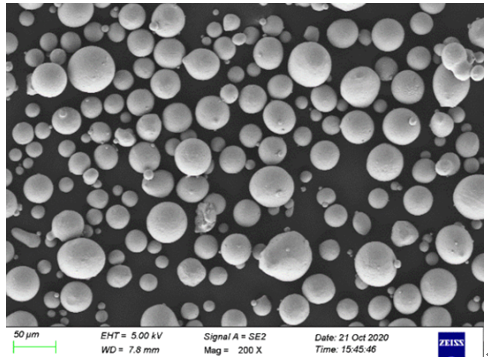
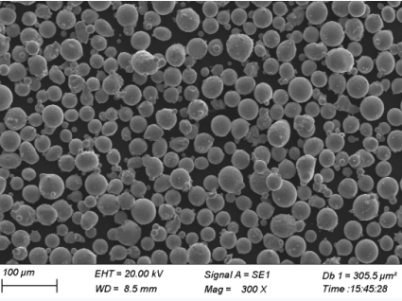
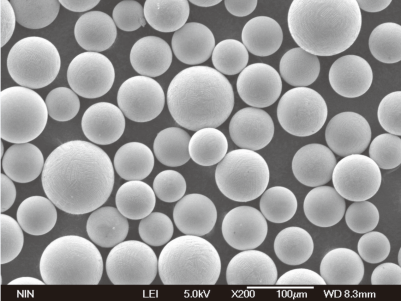

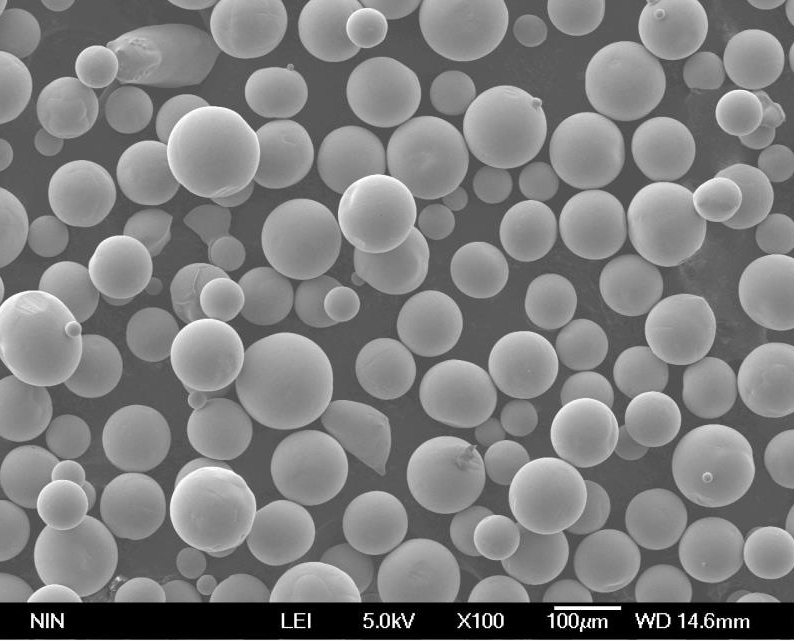
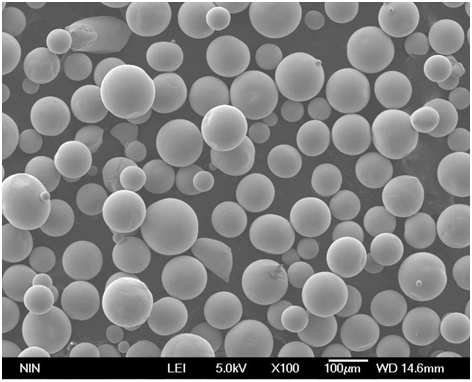
Characteristics of LENS-Produced Components
LENS technology is known for producing parts with unique characteristics that set them apart from those made by traditional methods. Let’s explore what makes these components special:
Key Characteristics of LENS Components
| Characteristic | Description | Benefit |
|---|---|---|
| High Precision | LENS can produce parts with intricate details and tight tolerances. | Ideal for complex designs. |
| Superior Material Properties | The LENS process can enhance material properties, such as strength and durability. | Better performance in demanding applications. |
| Minimal Post-Processing | LENS parts often require little to no post-processing. | Reduces production time and costs. |
| Versatility in Materials | A wide range of metal powders can be used in LENS. | Flexibility in choosing the right material for the job. |
| Layer-by-Layer Construction | Parts are built up layer by layer, allowing for precise control over the final shape. | Customization and fine-tuning of designs. |
Applications of LENS Technology
LENS technology is being adopted across various industries due to its unique capabilities. Below is a table highlighting the primary applications of LENS in different sectors:
Industry Applications of LENS Technology
| Industry | Specific Applications | Advantages of Using LENS |
|---|---|---|
| Aerospace | Turbine Blades, Structural Components, Repair of Worn Parts | Lightweight, high-strength components, repairability |
| Medical | Customized Implants, Dental Prosthetics | Biocompatible materials, precision, customization |
| Automotive | Lightweight Components, Prototyping | Rapid prototyping, material efficiency |
| Defense | Armor Components, Weapon Systems | Enhanced durability, complex geometries |
| Energy | Turbine Parts, Heat Exchangers, Fuel Cells | High temperature resistance, material efficiency |
| Tooling | Molds, Dies, Cutting Tools | Durability, wear resistance, reduced lead times |
| Oil & Gas | Downhole Tools, Valves, Pumps | Corrosion resistance, material strength |
| Electronics | Heat Sinks, Conductive Components | Thermal conductivity, precision engineering |
| Marine | Propeller Shafts, Rudder Parts, Pump Components | Corrosion resistance, strength |
| Chemical Processing | Reactor Components, Heat Exchangers | Corrosion resistance, high-temperature performance |
Specifications, Sizes, Grades, and Standards in LENS
When working with LENS technology, it’s important to understand the specifications, sizes, grades, and standards associated with the metal powders and components.
Specifications and Standards for LENS Materials
| Material | Specification/Grade | Standard | Typical Sizes |
|---|---|---|---|
| Titanium Alloy (Ti-6Al-4V) | ASTM F1472, Grade 5 | ASTM International | Powder: 15-45 µm |
| Inconel 718 | AMS 5662, UNS N07718 | SAE International | Powder: 10-53 µm |
| Stainless Steel 316L | ASTM A240, UNS S31603 | ASTM International | Powder: 10-45 µm |
| Aluminum 6061 | ASTM B209, UNS A96061 | ASTM International | Powder: 15-63 µm |
| Cobalt-Chrome (CoCr) | ASTM F75, UNS R30075 | ASTM International | Powder: 15-45 µm |
| Maraging Steel (18Ni300) | AMS 6514, UNS K93120 | SAE International | Powder: 10-45 µm |
| Tungsten Carbide (WC-Co) | ISO 9001:2008 | ISO Standards | Powder: 20-70 µm |
| Copper Alloy (CuCrZr) | ASTM B422, UNS C18150 | ASTM International | Powder: 10-45 µm |
| Hastelloy X | AMS 5754, UNS N06002 | SAE International | Powder: 15-53 µm |
| Tool Steel (H13) | ASTM A681, UNS T20813 | ASTM International | Powder: 10-45 µm |
Advantages and Limitations of LENS
LENS technology offers numerous benefits, but it’s also important to recognize its limitations. Here’s a comparison:
Advantages vs. Limitations of LENS
| Advantages | Limitations |
|---|---|
| High Precision | Cost: LENS can be expensive due to the equipment and materials involved. |
| Material Efficiency | Complexity: The process is technically complex and requires skilled operators. |
| Customization | Surface Finish: Parts may require additional post-processing to achieve the desired surface finish. |
| Wide Range of Materials | Size Limitation: LENS is typically limited to smaller parts due to the nature of the process. |
| Repairability | Speed: LENS can be slower compared to other manufacturing methods for large-scale production. |
| Enhanced Mechanical Properties | Initial Setup: High initial setup costs can be a barrier for small businesses. |
Comparison of LENS vs. Other Additive Manufacturing Techniques
LENS is often compared to other additive manufacturing methods like Direct Metal Laser Sintering (DMLS) and Selective Laser Melting (SLM). Let’s break down the differences:
LENS vs. Other Additive Manufacturing Methods
| Feature | LENS | DMLS | SLM |
|---|---|---|---|
| Material Range | Broad range, including high-performance alloys | Primarily metals, fewer exotic materials | Wide range, similar to LENS |
| Precision | High, with fine detail possible | Very high, ideal for intricate designs | High, comparable to LENS |
| Cost | Expensive setup, cost-effective for high-value parts | Moderately expensive | Similar to LENS, depending on material |
| Speed | Moderate, suitable for complex parts | Generally faster for smaller parts | Faster than LENS for certain applications |
| Post-Processing | Minimal required | Some post-processing needed | Requires significant post-processing |
| Applications | Aerospace, Medical, Tooling | Aerospace, Automotive, Medical | Aerospace, Medical, Industrial |
Suppliers and Pricing Details for LENS Materials
Understanding where to source LENS materials and their associated costs is critical for budgeting and planning your projects.
Suppliers and Pricing for LENS Materials
| Material | Supplier | Approximate Price per kg |
|---|---|---|
| Titanium Alloy (Ti-6Al-4V) | Carpenter Technology, Oerlikon AM | $300 – $500 |
| Inconel 718 | Praxair Surface Technologies, Sandvik | $150 – $300 |
| Stainless Steel 316L | Sandvik, Carpenter Technology | $50 – $100 |
| Aluminum 6061 | Oerlikon AM, LPW Technology | $30 – $60 |
| Cobalt-Chrome (CoCr) | Arcam AB, Sandvik | $400 – $600 |
| Maraging Steel (18Ni300) | LPW Technology, EOS GmbH | $200 – $350 |
| Tungsten Carbide (WC-Co) | H.C. Starck, Global Tungsten & Powders | $500 – $700 |
| Copper Alloy (CuCrZr) | Sandvik, Praxair Surface Technologies | $100 – $200 |
| Hastelloy X | Carpenter Technology, LPW Technology | $300 – $500 |
| Tool Steel (H13) | EOS GmbH, LPW Technology | $50 – $100 |
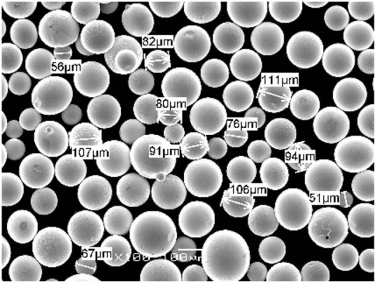
FAQ
| Question | Answer |
|---|---|
| What is LENS used for? | LENS is used to manufacture high-performance metal parts, repair worn components, and create prototypes. |
| How does LENS differ from traditional manufacturing? | LENS builds parts layer by layer from metal powder, offering greater precision and material efficiency compared to traditional methods. |
| What materials can be used in LENS? | A wide range of metal powders, including titanium alloys, stainless steel, aluminum, and nickel-based superalloys, can be used. |
| Is LENS cost-effective? | LENS can be cost-effective for high-value, complex parts but may be expensive for simple, large-scale production. |
| What industries benefit most from LENS? | Aerospace, medical, automotive, and defense industries benefit significantly from the precision and customization offered by LENS. |
| Are there any size limitations with LENS? | Yes, LENS is typically more suitable for smaller parts, although advances in technology are expanding its capabilities. |
| How does LENS compare to other additive manufacturing methods? | LENS offers superior material properties and customization but may be slower and more expensive than methods like DMLS or SLM. |
| What are the main challenges with LENS? | High initial setup costs, technical complexity, and the need for skilled operators are common challenges. |
| Can LENS be used for mass production? | While LENS is ideal for specialized, high-value parts, it is generally not used for mass production due to its slower speed and higher cost. |
| What post-processing is required for LENS parts? | LENS parts typically require minimal post-processing, though surface finishing may be needed depending on the application. |
